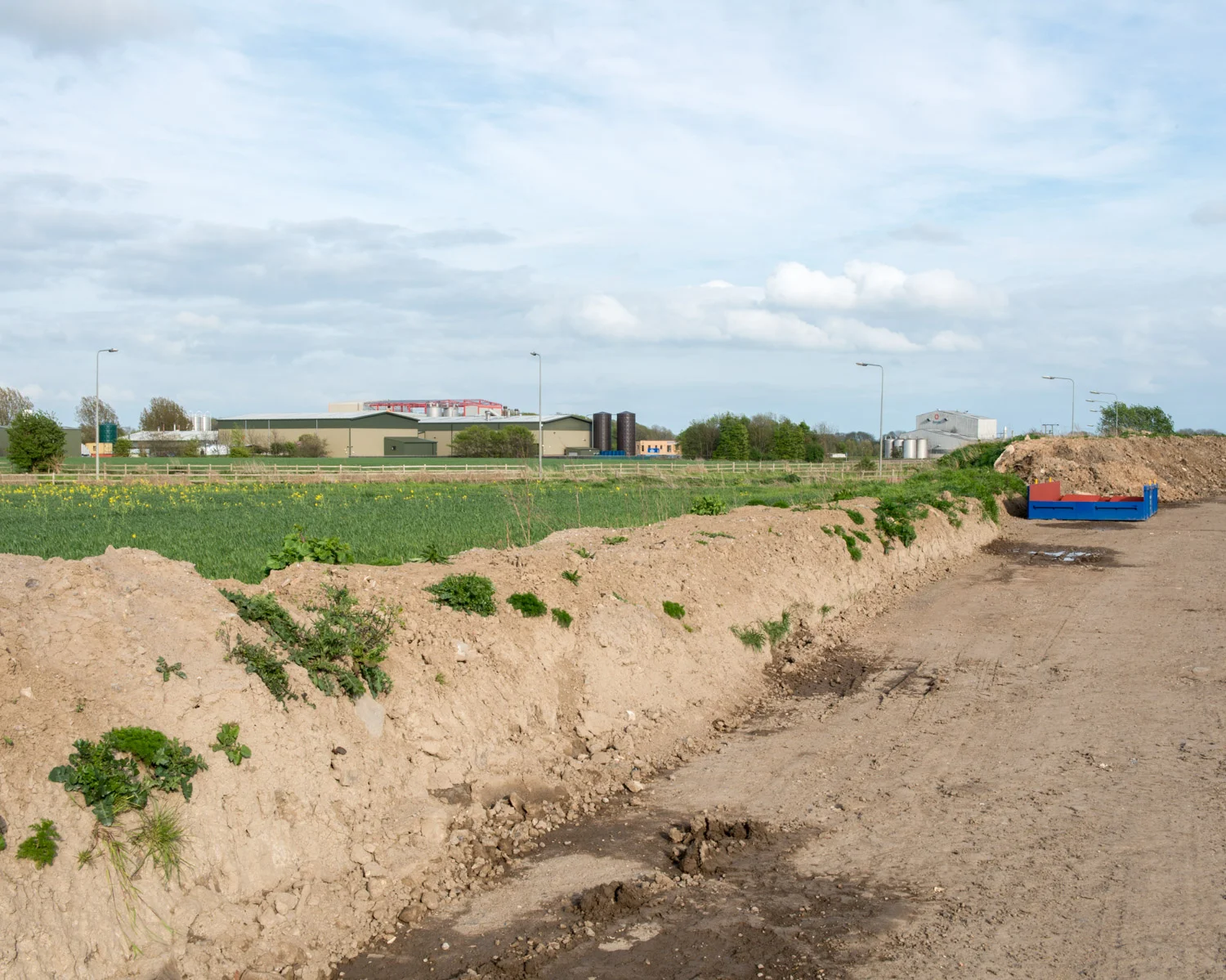RAF Elsham Wolds is a former Royal Air Force station located north east of Elsham in north Lincolnshire, England. The airfield was first established in December 1916, being the most northerly RAF airfield between Hull and Lincoln. In 1941 the station re-opened to become the home of 103 Squadron Bomber Command.
RAF Elsham consisted of three runways, 2,000 yards (1,829m), 1,600 yards (1,463m) and 1,400 yards (1,280m): three hangers, (5 T-2's and one J-Type); thirty six aircraft hardstands and accommodation for 2,500 personnel.
103 Squadron is credited with more operational sorties than any other RAF squadron and consequently suffered the highest losses. Of the 248 bombers lost on operations flying from Elsham Wolds, 198 were from No. 103 Squadron. By type, losses were 28 Vickers Wellingtons, 12 Halifaxes and 208 Lancaster Bombers. One Elsham Wolds Lancaster, Lancaster III ED888 M2 which served with both Nos. 103 and 576, held the Bomber Command record for operational sorties, having completed 140 between May 1943 and December 1944
RAF Elsham Wolds closed in 1947 and shortly afterwards DP's (Displaced Persons), Poles and Ukrainians were temporarily housed in the buildings whilst working at the Scunthorpe Steelworks. Some contemplated transit to the US or Canada, others to set roots, mostly in Scunthorpe. Locally, it started to be known as the "Warsaw Hamlet" and the Post Office delivered letters using that address. By the late 1952 early 1953 the DP's had moved on and once again the site reverted to first agriculture use and later as the site of an industrial estate. The history of the site is reflected in the road names on the estate today which include Halifax Approach and Wellington Way. In the 1970s the site was bisected by the A15 road, running though runway XXXXXX, that was built to link the M180 motorway to the Humber Bridge The control tower lasted into the 1980s and was used as a house for a time which was said to be haunted The J-Type hangar is still standing today.







































